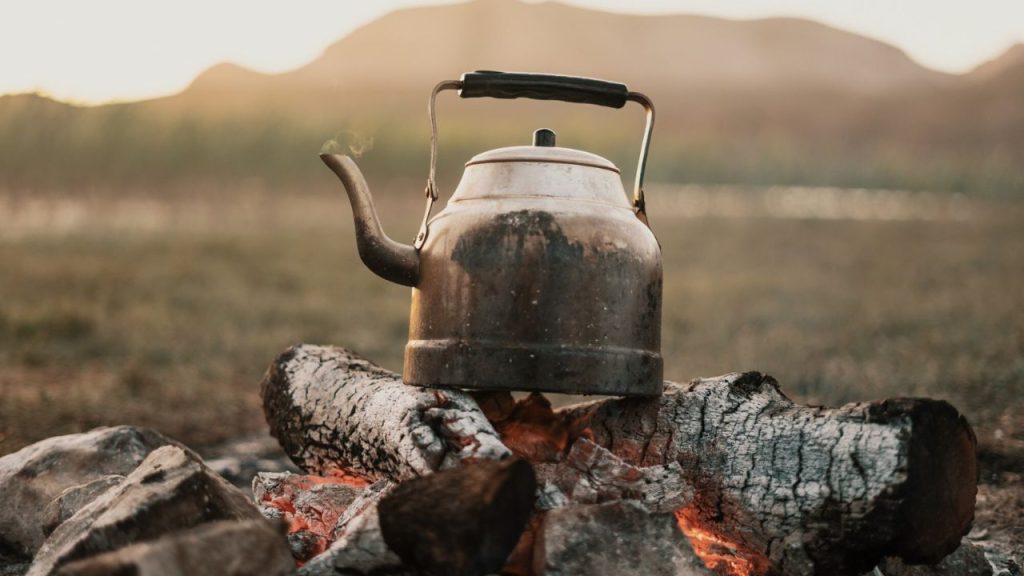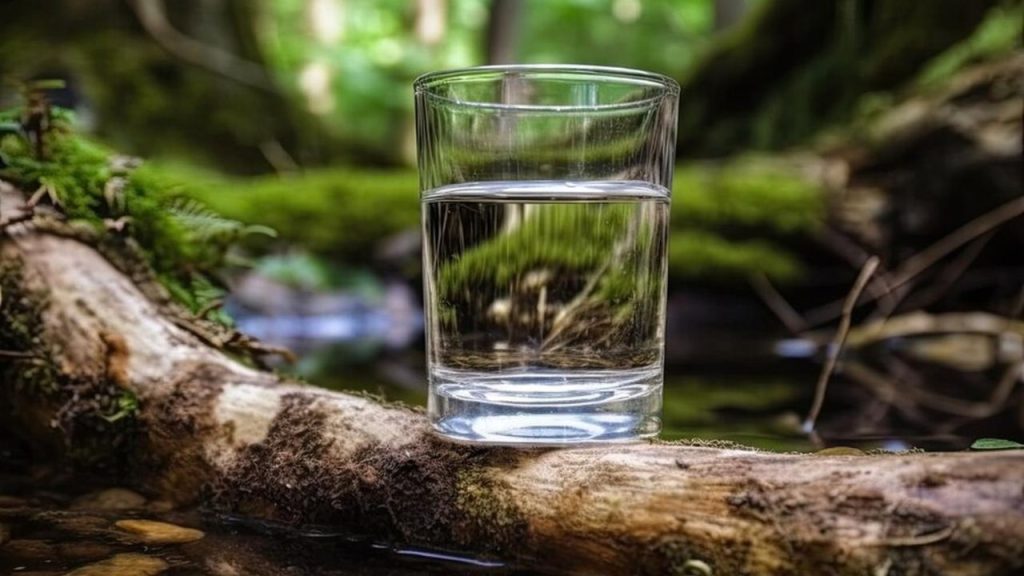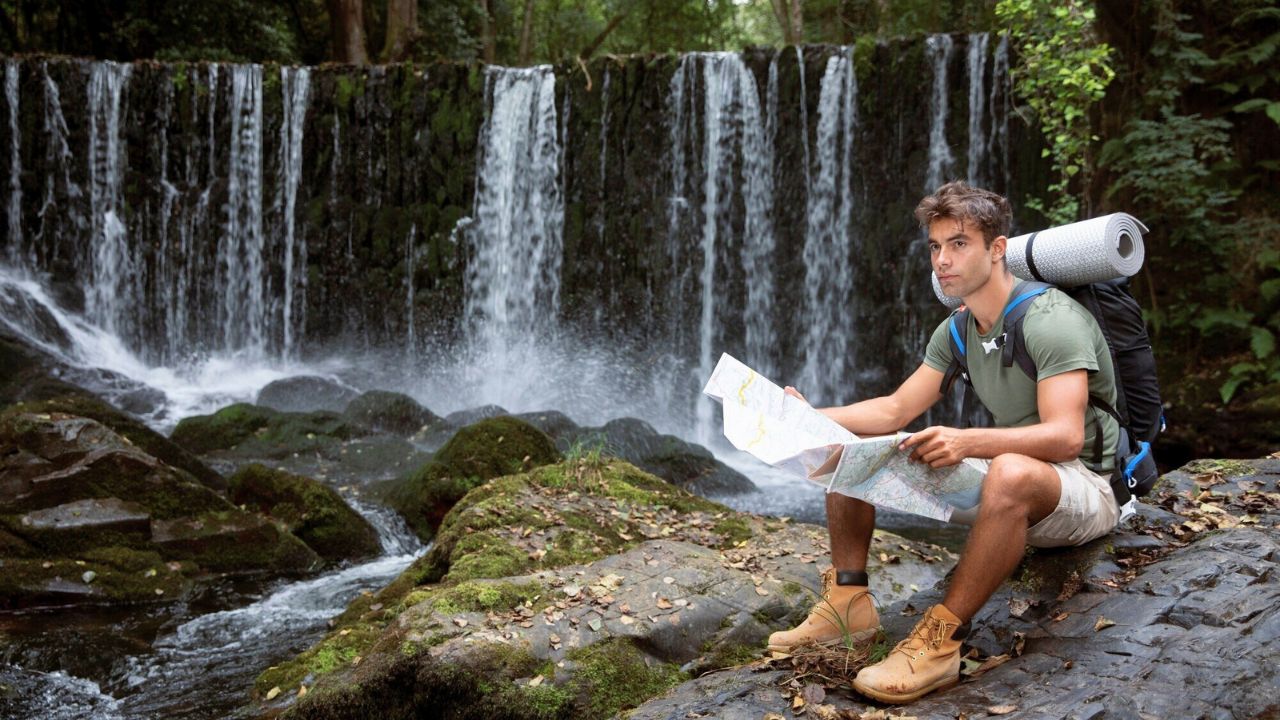When you’re out in the wilderness, access to clean, safe drinking water is essential for your survival and well-being. As a camper, you need to be aware of the potential risks associated with consuming untreated water from natural sources like rivers, lakes, and streams.
These water sources can contain harmful bacteria, viruses, and parasites that can cause serious illnesses.
In this article, we’ll guide you through the various methods of purifying water while camping, ensuring that you stay hydrated and healthy throughout your outdoor adventure.
Understanding the Risks
Before we dive into the purification methods, it’s crucial that you understand the risks associated with drinking untreated water. Some common waterborne illnesses include:
- Giardiasis: Caused by the parasite Giardia lamblia, this illness can lead to symptoms such as diarrhea, abdominal cramps, and nausea.
- Cryptosporidiosis: Another parasitic infection that can cause severe diarrhea, stomach pain, and fever.
- E. coli and Salmonella: Bacterial infections that can result in severe gastrointestinal issues.
- Hepatitis A: A viral infection that affects the liver and can cause fever, fatigue, and jaundice.
By purifying your water, you can significantly reduce the risk of contracting these illnesses and ensure a safe and enjoyable camping experience.
Boiling Water

One of the most reliable and effective methods of purifying water while camping is boiling. Here’s how you can do it:
- Collect water from a clean source using a pot or kettle.
- Place the pot on your camping stove or over a fire.
- Bring the water to a rolling boil and let it continue boiling for at least one minute. At higher altitudes (above 6,562 feet or 2,000 meters), boil the water for at least three minutes.
- Allow the water to cool before drinking or storing it in a clean container.
Boiling water kills most harmful bacteria, viruses, and parasites, making it safe to drink. However, it’s important to note that boiling does not remove chemical pollutants or improve the taste of the water.
Using Water Filters

Water filters are another popular option for purifying water while camping. They come in various sizes and styles, from small, handheld models to larger, gravity-fed systems. Here’s how to use a water filter:
- Choose a water filter that suits your needs. Look for filters with a pore size of 0.2 microns or smaller, as they can remove most bacteria and protozoa.
- Collect water from a clean source and follow the manufacturer’s instructions for setting up and using the filter.
- Pump or pour the water through the filter, allowing it to flow into a clean container.
- Drink the filtered water or store it for later use.
Water filters are convenient and relatively easy to use, but they may not be effective against all viruses. Some filters come with additional purification elements, such as iodine or activated carbon, to improve their effectiveness and remove unpleasant tastes or odors.
Chemical Purification
Chemical purification involves using iodine or chlorine to treat water. This method is lightweight, compact, and generally effective against most waterborne pathogens. Here’s how to purify water using chemicals:
- Collect water from a clean source.
- Follow the manufacturer’s instructions for the specific chemical purification product you’re using. This may involve adding a certain number of drops or tablets to a specific volume of water.
- Allow the treated water to sit for the recommended time, usually between 15 and 30 minutes, to ensure that the chemicals have enough time to work.
- Some chemical treatments may leave an unpleasant taste in the water. To improve the taste, you can add flavoring packets or use a neutralizing tablet after the purification process is complete.
While chemical purification is a convenient option, it’s important to note that some people may be allergic to iodine or chlorine. Additionally, chemical treatments may not be as effective in very cold water or water with high levels of organic matter.
Solar Disinfection (SODIS)
Solar disinfection, or SODIS, is a simple and cost-effective method of purifying water using sunlight and plastic bottles. Here’s how it works:
- Collect clear water from a clean source and fill a transparent PET plastic bottle. Avoid using glass or PVC containers.
- Remove any labels from the bottle and make sure it’s clean.
- Place the bottle in direct sunlight for at least six hours, or for two consecutive days if the weather is cloudy.
- The UV-A rays from the sun will kill most of the harmful microorganisms in the water, making it safe to drink.
SODIS is most effective in regions with consistent, strong sunlight and when the water is relatively clear. It may not be as reliable in areas with limited sunlight or when the water is murky.
FAQ
Can I use a bandana or cloth to filter water?
While using a bandana or cloth can remove larger particles and debris from water, it does not effectively remove harmful microorganisms. Always use a proper water purification method to ensure the safety of your drinking water.
Is it safe to drink water from a fast-moving stream without purifying it?
No, even fast-moving streams can contain harmful bacteria and parasites. Always purify water from any natural source before drinking.
How long does boiled water remain safe to drink?
Boiled water can be stored in a clean, covered container for up to 24 hours. After that, it’s best to boil the water again before consuming it.
Can I use a UV light pen to purify water while camping?
Yes, UV light pens are a compact and effective way to purify water. However, they require batteries and may not work as well in murky water.
What should I do if I don’t have access to any water purification methods?
In an emergency situation where you don’t have access to purification methods, your best option is to find the cleanest possible water source, such as rainwater or water from a fast-moving stream. If possible, boil the water before drinking. However, it’s always best to be prepared with a reliable purification method when camping.
Conclusion
Purifying water while camping is crucial for maintaining your health and well-being in the outdoors. By understanding the risks associated with untreated water and familiarizing yourself with the various purification methods, you can ensure that you always have access to safe drinking water during your adventures.
Remember to choose a purification method that suits your needs, budget, and the environment you’ll be camping in. Whether you opt for boiling, filtering, chemical treatment, or solar disinfection, always follow the proper procedures and manufacturer’s instructions to guarantee the best results.
Stay hydrated, stay safe, and enjoy your time in nature!

Hi there! I’m John W. Perkins writer and Founder howmp.com. As a passionate outdoorsman and travel enthusiast, I’ve made it my mission to share my experiences and knowledge with fellow adventurers like you.

